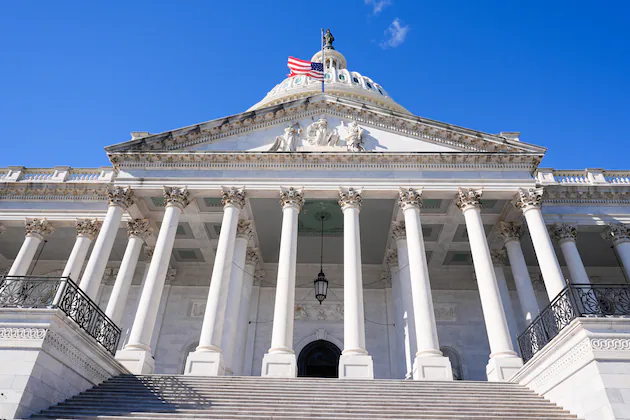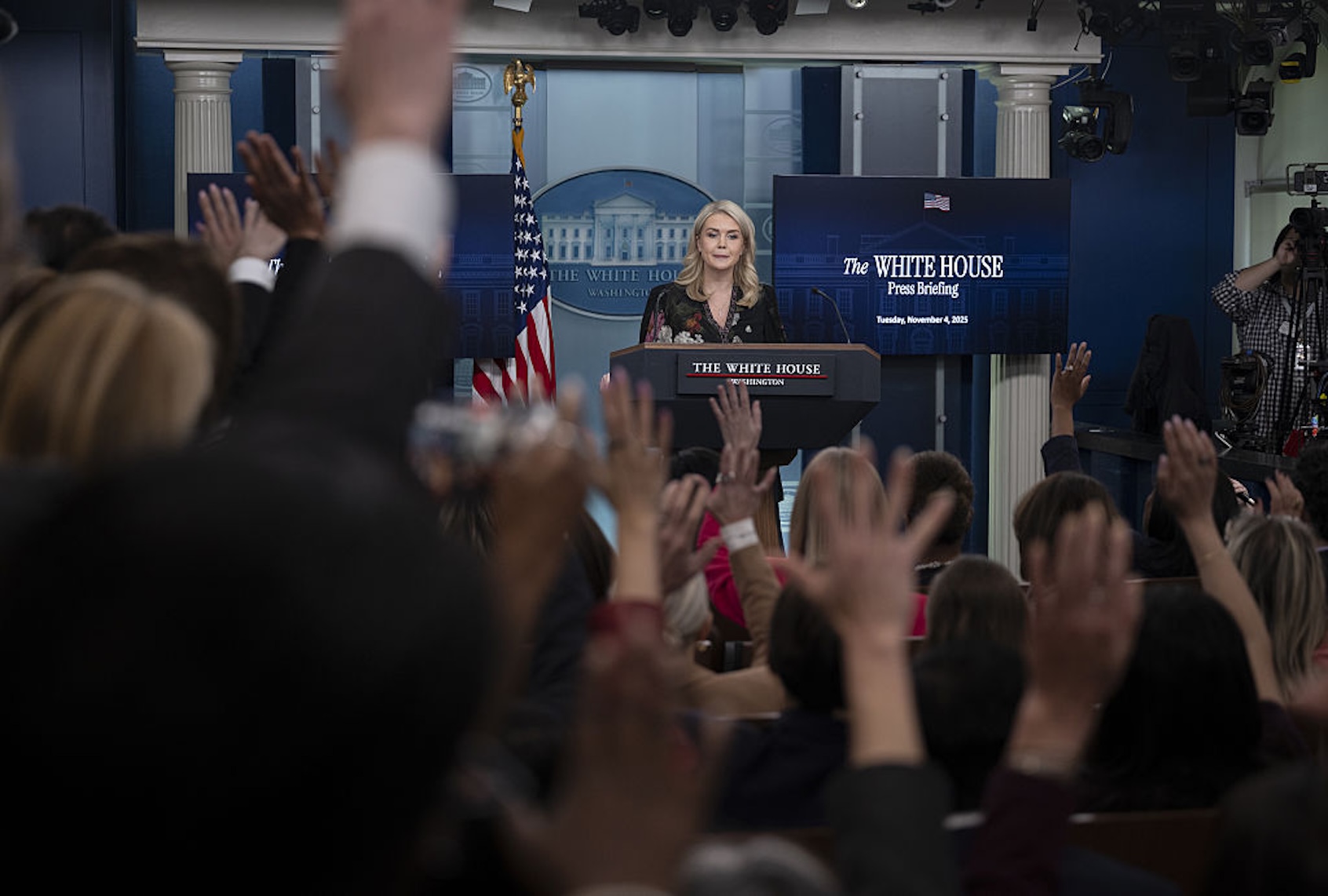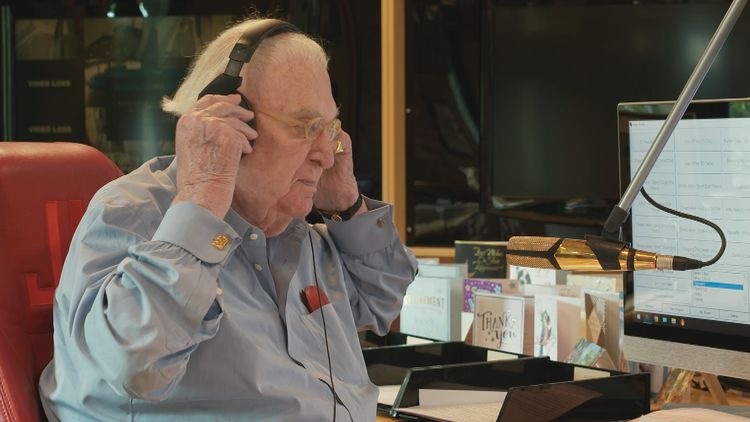Copyright Salt Lake City Deseret News

With the federal government on a course to reopen, it’s time to ask what was accomplished. Did closing the government for the longest duration in the nation’s history turn out to be an effective tool for changing policy? Did Democrats get what they want? The answer is the same as it was when Republicans forced shutdowns in the past — an emphatic no. The government will reopen in the same spot it was when it closed, except that a lot of people will have been put through needless difficulties because of missing or reduced benefits, flight delays or other hardships. Layoffs during the shutdown have apparently been rescinded, and back salary payments will be made, but it might take families time to catch up. Next up: Jan. 30 deadline The next funding deadline comes on Jan. 30. Reopening now may portend only a temporary reprieve from the ugliness that cut food stamp benefits to the poor, ended paychecks for government workers and threatened to snarl air traffic during the busiest travel time of the year. We are hopeful, however, that both sides have finally learned their lesson. After more than 40 days, Democrats made zero progress toward the main issue behind their decision to shut the government. Republicans made no deal to extend health care subsidies under the Affordable Care Act that are set to expire at the end of the year. All they did was promise to bring those subsidies to a vote in December. But because Republicans have made their position against these subsidies clear, there is little to suggest that position will change. And without a successful vote to extend those subsidies, some Democrats, according to the Washington Post, are prepared to shut everything down again at the end of January. Thankfully, that may be harder to do now that eight senators who caucus with Democrats have broken away to make reopening the government possible. Politics, not nuanced policies, tend to dominate such matters. It is not surprising, then, that all eight senators are not up for re-election in 2026, and that two have announced they are retiring after their current terms end. Their votes to reopen the government may be difficult to change. But the prolonged shutdown accomplished nothing other than to raise the cynicism of a cynical public a little more. Some opinion polls show Americans blame Republicans for the shutdown. A Deseret News/Hinckley Institute of Politics poll, conducted by Morning Consult in October, showed that even in Republican-dominated Utah, only a slim plurality of voters blamed Democrats by the margin of 41% to 34%, with 24% undecided. And yet, Democrats seem to have gained very little from public opinion. Instead, the party is in disarray. Some Democrats are accusing Senate Minority Leader Chuck Schumer of being a weak leader who should be replaced. This is a surprising turnaround only a week after the party did well in local elections, and it sets an uncertain course toward next year’s more important mid-term elections for Congress. No winners It also reinforces how shutdowns create no winners. As is often the case, the poorest Americans suffered the most during this shutdown. Not only did food stamp money disappear but President Trump also worked hard to stop states from making up for the lost funding. Some Head Start preschools were forced to close. But the flight delays caused by air traffic controllers losing their pay may have been a tipping point in the stalemate. As of Monday, the Deseret News reported that 5.5% of flights nationwide had been impacted by cancelations, although some came as a result of inclement weather. Without the government reopening, flight reductions were scheduled to increase to 10% by Friday. Now that the saga has ended once again, at least for a time, both political parties ought to reassess government shutdowns as tactics to leverage demands. History is clear that they are ineffective, blunt tools that end up causing far more harm than good. They increase distrust in a nation already awash in toxic political discourse.



